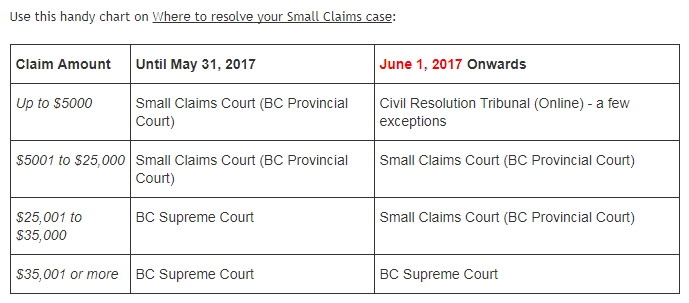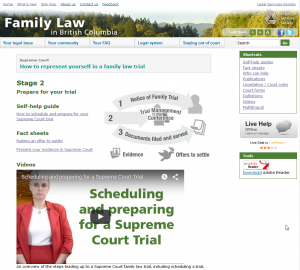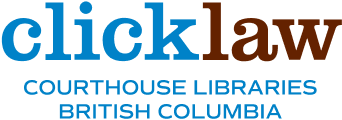Big Changes to Small Claims
Small Claims under $5001
Last week, the Civil Resolution Tribunal (CRT)–Canada’s first online tribunal–began accepting small claims disputes $5000 and under.
Small claims disputes that the CRT can resolve include a wide variety of issues between individuals and organizations. You can start with the Solution Explorer, the first step in the CRT process, to find information and self-help tools for your issue. You can also apply for dispute resolution right from the Solution Explorer.
If you go through to obtain a CRT order, it may be enforced by filing it in the BC Provincial Court. When you do so, it has the same force and effect as a judgment of the BC Provincial Court.
What about Small Claims over $5000?
The BC Provincial Court now handles Small Claims cases  between $5001 and $35,000. The Court has put together a helpful page that goes over the changes, including:
between $5001 and $35,000. The Court has put together a helpful page that goes over the changes, including:
- types of disputes;
- what the CRT can and cannot hear;
- when a claim under $5001 can still be heard by the Provincial Court;
- when the CRT might refuse a claim;
- what to do when you are not happy with a CRT decision;
- special procedures in Vancouver and Richmond; and
- alternatives to court.
What resources & help are there for Small Claims?
With the help of Judge Ann Rounthwaite (retired), Digital Communications Coordinator for the BC Provincial Court, we have updated Where do I start for information on Small Claims Court?
This page provides a curated collection of helpful basics for all things Small Claims.
It includes a printable PDF handout with:
- A summary of the resources; and
- A short bit.ly link so anyone can quickly access the full list of links.
Other Provincial Court resources
The following Common Questions have also been updated:
- Where do I start for information on Family Court?
- Where do I start for information on Criminal Court?
Access all “Where do I start…?” questions and handouts at: bit.ly/clicklawbcpc







